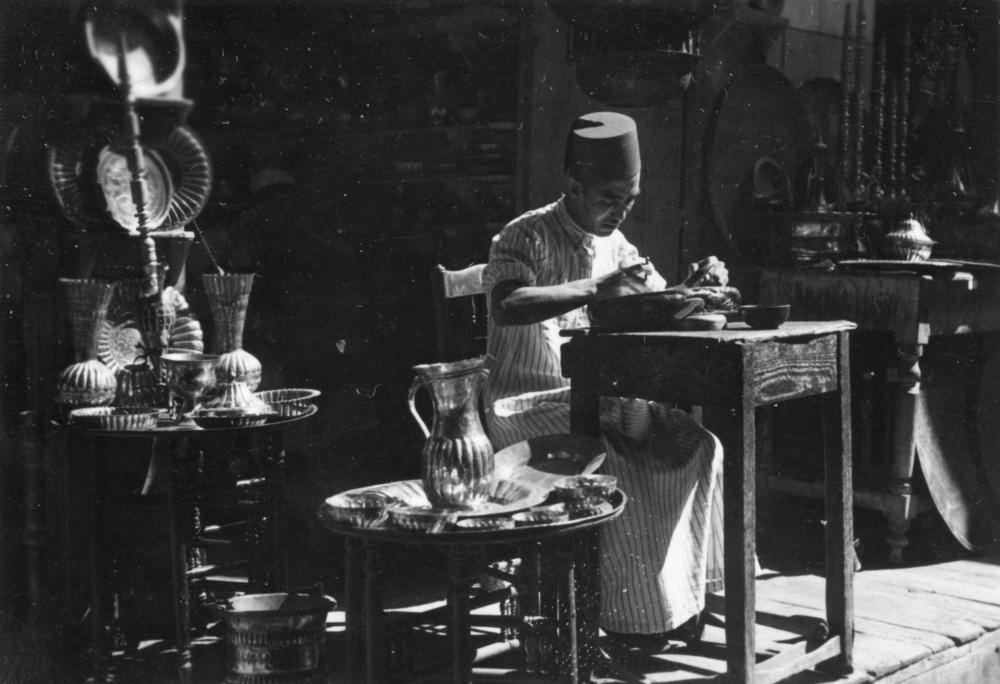This photo has a smudged look which resembles my own unspectacled vision of lights. Unable to focus, I can’t tell where a light begins and ends.
The photo comes from my father’s war album and has the caption “King Pharouk celebration”, though the name is more commonly spelt Farouk. At 16 years of age in 1936, he was crowned King of Egypt, its penultimate king. I’ve searched through Google images for photo clues and found one showing him at a celebration of the Prophet Mohammed’s birthday, standing near a huge crown with draping lights, as they are in my photo here. The date would be in the early 1940s.
Though Egypt was neutral for most of World War II, allied troops including Australians were posted there and Egypt thus became a potential target for German and Italian bombing, so cities were blacked out at night. But the extravagant King Farouk who lived a lavish life refused to turn off the lights in his palace in Alexandria. His fellow Alexandrians were not happy.














